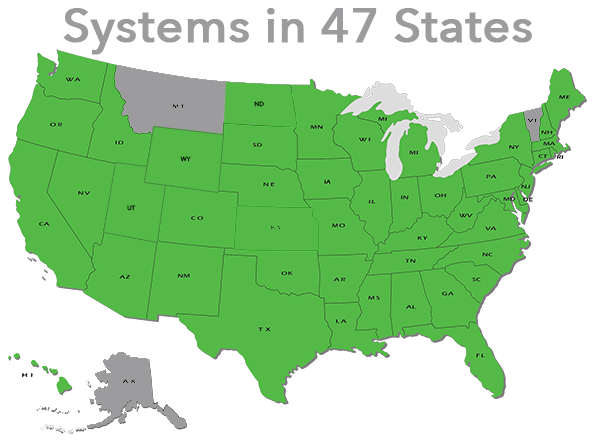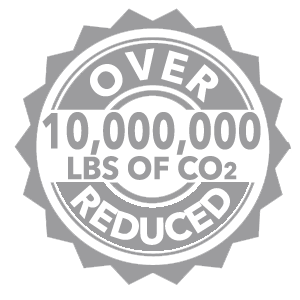Bad Policy, Good Politics
This article is part of David Leonhardt’s newsletter. You can sign up here to receive it each weekday.
The Green New Deal is not a good piece of policy. But I’m glad it exists.
I’m glad it exists because climate change and the stagnation of mass living standards are both defining challenges for this country. And the authors of the Green New Deal — Senator Ed Markey and Representative Alexandria Ocasio-Cortez — have the admirable ambition to take on both.
The plan doesn’t ask what is politically possible today. It asks what needs to be done and tries to change the definition of politically possible. “Climate change is an unprecedented emergency that requires unprecedented action,” Michael Grunwald writes in Politico, “so America needs to try to do seemingly impossible things.”
The Green New Deal rightly rejects the choice between helping American workers and taking on climate change. The country needs to do both, and it can. By focusing on the terrifying state of the climate, the plan will likely nudge other Democrats toward their own ambitious climate proposals.
So why isn’t it a good policy?
Too little, too much
The overview released by Markey and Ocasio-Cortez has two main flaws:
Although the plan does a good job laying out the problem of climate change, it doesn’t offer a clear vision for a solution. It asserts that it will solve the problem and skips huge questions — like the roles of a carbon tax, nuclear energy and urban density. The proposal doesn’t need to get into details at this point, but it should at least move people closer to understanding what a solution will look like.
The plan doesn’t merely argue that clean energy can create good-paying jobs (which it can). It includes a needlessly long wish list of progressive economic policies, including “economic security for all people” and the counteracting of “systemic injustices.”
“The operating principle behind the Green New Deal is a no-enemies-to-the-left spirit of fostering unity among every faction of the progressive movement,” Jonathan Chait writes in New York magazine. “Thus, at the same time, the plan avoids taking stances that are absolutely vital to reduce carbon emissions, it embraces policies that have nothing to do with climate change whatsoever.”
If this were a proposal from a leading presidential candidate or a party leader, it would be worrisome. But it’s not. It’s more akin to a gadfly. For all its flaws, the Green New Deal is a useful call to action. The question now is who can put together a better plan.
Why it matters
“Ella Kissi-Debrah was 9 when she died in 2013, after three years of asthma attacks so bad, they sometimes triggered seizures. In photos, her smile is broad and bright, her hair braided. She loved music and swimming, and dreamed of becoming a pilot,” writes Beth Gardiner, the author of a forthcoming book on air pollution, in an Op-Ed today.
“Ella lived with her family just off London’s South Circular Road, a major thoroughfare that is clouded by the diesel fumes that make London’s air — like much of Europe’s — thick and foul-smelling. A scientist’s analysis found that many of her hospitalizations coincided with local pollution spikes.”
If you are not a subscriber to this newsletter, you can subscribe here. You can also join me on Twitter (@DLeonhardt) and Facebook.
Follow The New York Times Opinion section on Facebook, Twitter (@NYTopinion) and Instagram.
























